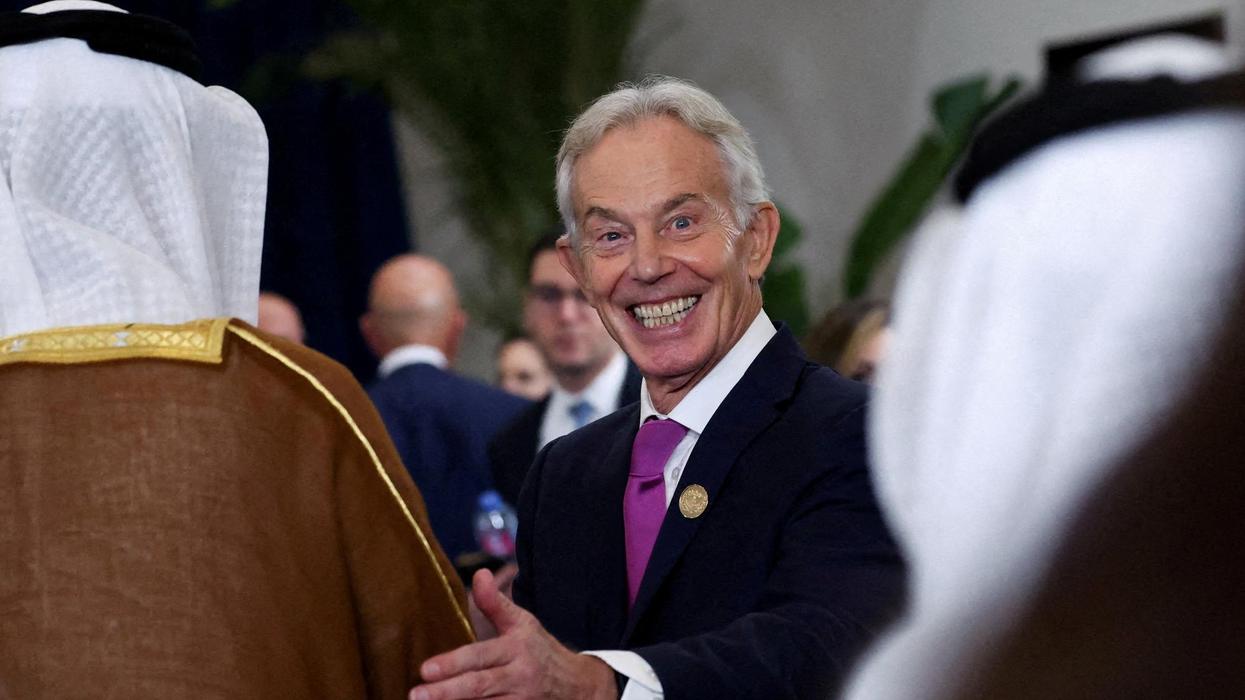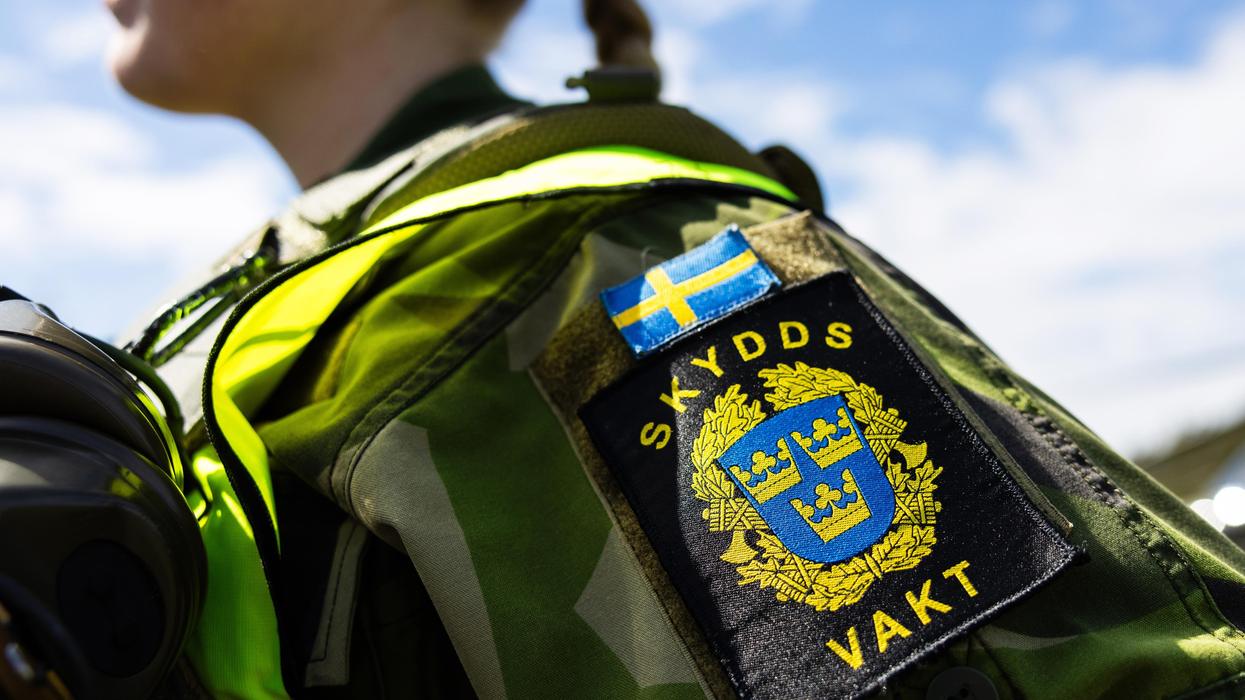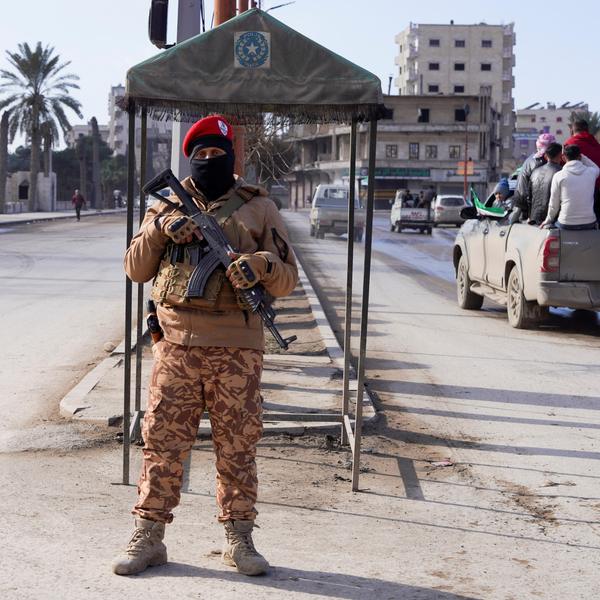The men gathered in a graveyard in the dead of night. They wore body armor, boots and carried semi-automatic weapons. Their target lay a mile away, the official residence of the president of The Gambia, Yahya Jammeh — a U.S.-trained military officer who seized power in 1994. Those in the cemetery planned to oust him, but within hours, they were either dead or on the run.
One of those killed, the ring-leader and former head of Gambia’s Presidential Guard, Lamin Sanneh, had previously earned a master’s degree at the Pentagon’s National Defense University in Washington, D.C.
Some of the plotters were eventually convicted in the United States “for their roles in planning and executing an unsuccessful coup attempt to overthrow the government of The Gambia on December 30, 2014.” Four pled guilty on counts related to the Neutrality Act — a federal law that prohibits Americans from waging war against friendly nations. A fifth was sentenced in March 2017 for buying and exporting weapons used in the failed coup, which pitted two generations of U.S.-trained mutineers against each other.
The State Department doesn’t know about any of this — or doesn’t want to. A simple Google search reveals this information, but when Responsible Statecraft asked if Yahya Jammeh or Lamin Sanneh had received U.S. training, a State Department spokesperson responded: "We do not have the ability to provide records for these historical cases at this time." When asked about other trainees in other nations that have experienced military uprisings, the response was the same.
Responsible Statecraft has found that at least 15 U.S.-supported officers have been involved in 12 coups in West Africa and the greater Sahel during the war on terror. The list includes military personnel from Burkina Faso (2014, 2015, and twice in 2022); Chad (2021); Gambia (2014); Guinea (2021); Mali (2012, 2020, 2021); Mauritania (2008); and Niger (2023). At least five leaders of the most recent coup in Niger, received U.S. training, according to a U.S. official. They, in turn, appointed five U.S.-trained members of the Nigerien security forces to serve as governors, according to the State Department.
The total number of U.S.-trained mutineers across Africa since 9/11 may be far higher than is known, but the State Department, which tracks data on U.S. trainees, is either unwilling or unable to provide it. Responsible Statecraft identified more than 20 other African military personnel involved in coups who may have received U.S. training or assistance, but when asked, the State Department said it lacks the “ability” to provide information that it possesses.
“If we are training individuals who are executing undemocratic coups, we need to be asking more questions about how and why that happens,” said Elizabeth Shackelford, a senior fellow at the Chicago Council on Global Affairs and lead author of the newly-released report, “Less is More: A New Strategy for U.S. Security Assistance to Africa.” “If we aren’t even trying to get to the bottom of that, we are part of the problem. This shouldn’t just be on our radar — it should be something we intentionally track.”
Shackleford and her colleagues say that the U.S. penchant for pouring money into abusive African militaries instead of making long-term investments in bolstering democratic institutions, good governance, and the rule of law, has undermined wider American aims.
In addition to training military mutineers in Africa, other U.S. security assistance efforts during the war on terror have also foundered and failed. Ukrainian troops trained by the U.S. and its allies stumbled during a long-awaited counteroffensive against Russian forces, raising questions about the utility of the instruction.
In 2021, an Afghan army created, trained, and armed by the United States over 20 years dissolved in the face of a Taliban offensive. In 2015, a $500 million Pentagon effort to train and equip Syrian rebels, slated to produce 15,000 troops, yielded just a few dozen before being scrapped. A year earlier, an Iraqi army built, trained, and funded — to the tune of at least $25 billion — by the U.S. was routed by the rag-tag forces of the Islamic State.
“U.S. policy in Africa has for too long prioritized short-term security to the detriment of long-term stability by prioritizing the provision of military and security assistance,” Shackelford writes in the new Chicago Council report. “Partnerships and military assistance with illiberal, undemocratic countries have delivered little, if any, sustainable security improvements, and in many cases have prompted further instability and violence by building the capacity of abusive security forces.”
















